By: Kevin Grace
For the past few weeks, Mr. Dennis Christine (CCM, Class of 1969), has corresponded with Sue Reller, Mark Palkovic, and me about an old bronze plaque he had. He wished to donate it to us as a piece of University of Cincinnati heritage that he strongly felt should be preserved, and we’re very fortunate that he thought of us because the plaque that reads “Shillito Hall” is a reminder of CCM’s past and its merger with the University of Cincinnati in the 1960s. Yesterday I met him at the gatehouse on Clifton and hauled it in to the Archives & Rare Books Library.

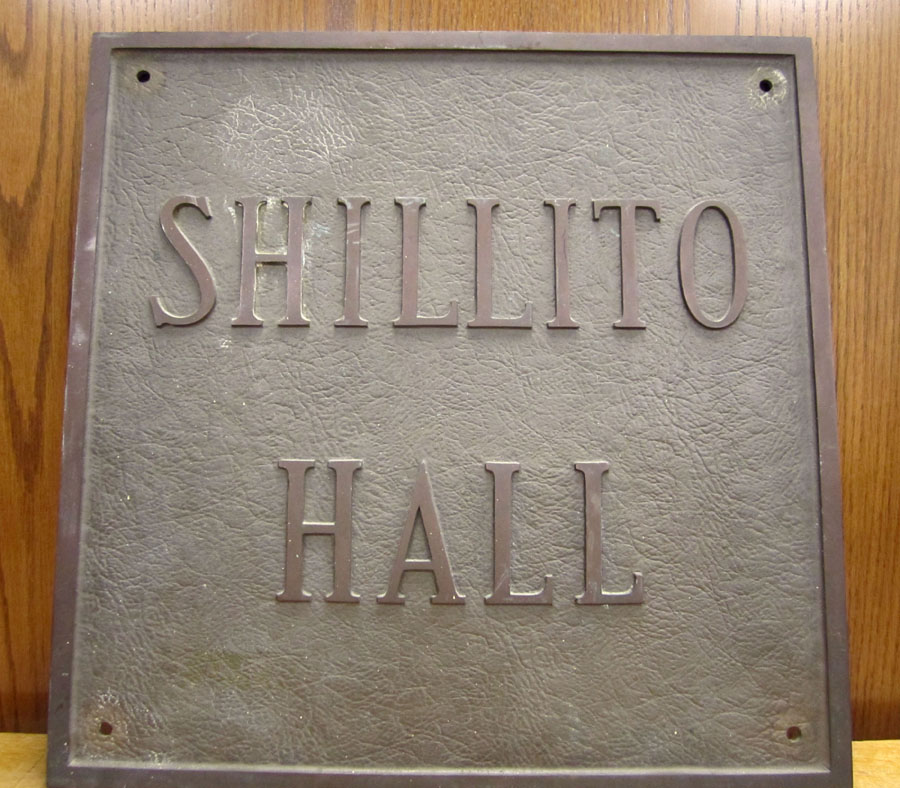
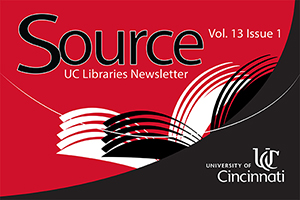
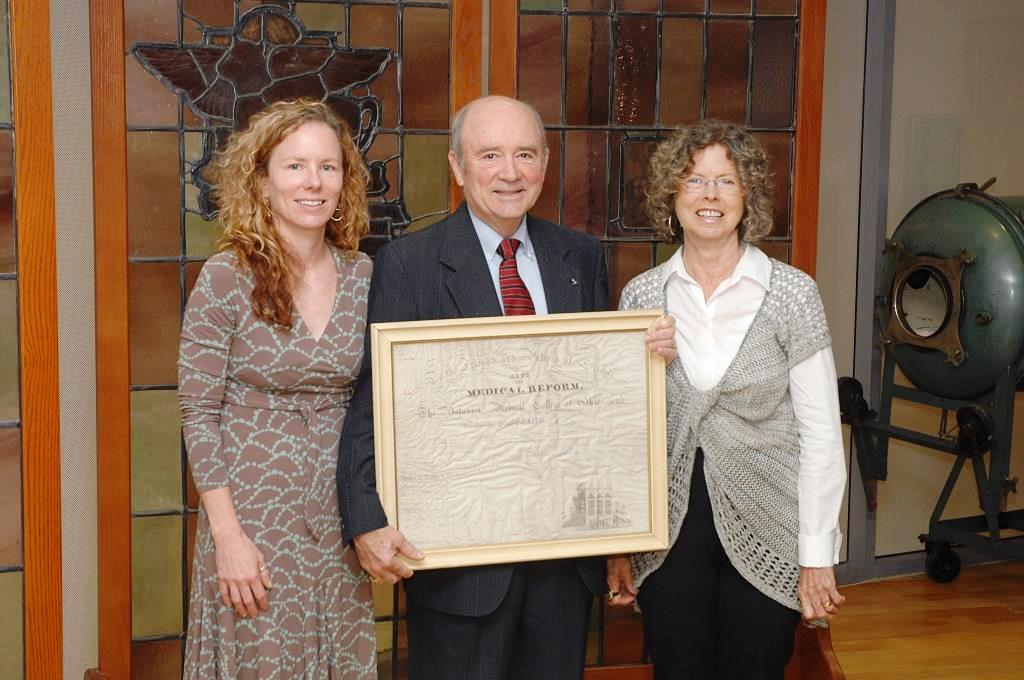
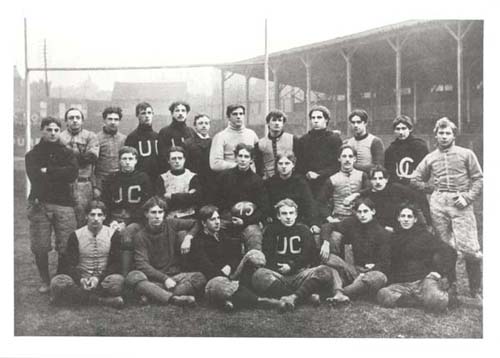
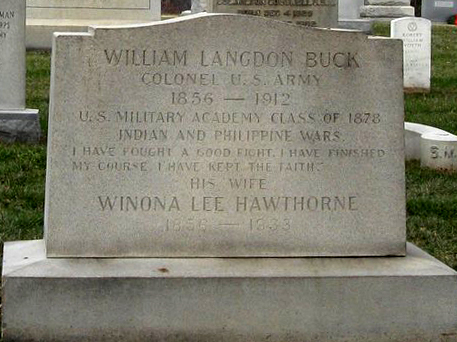
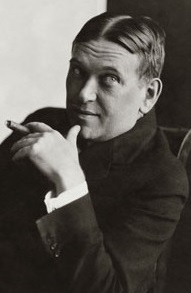
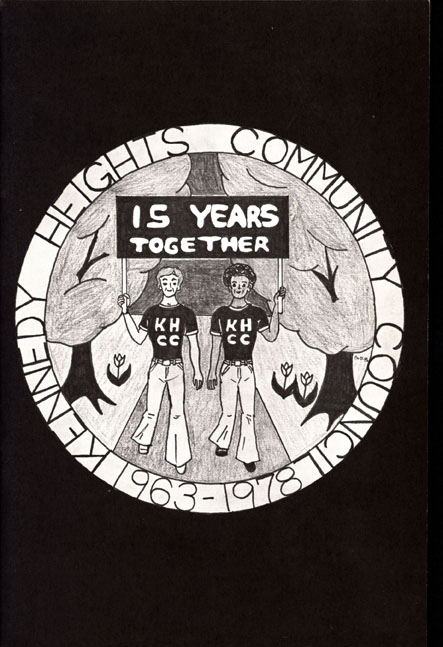
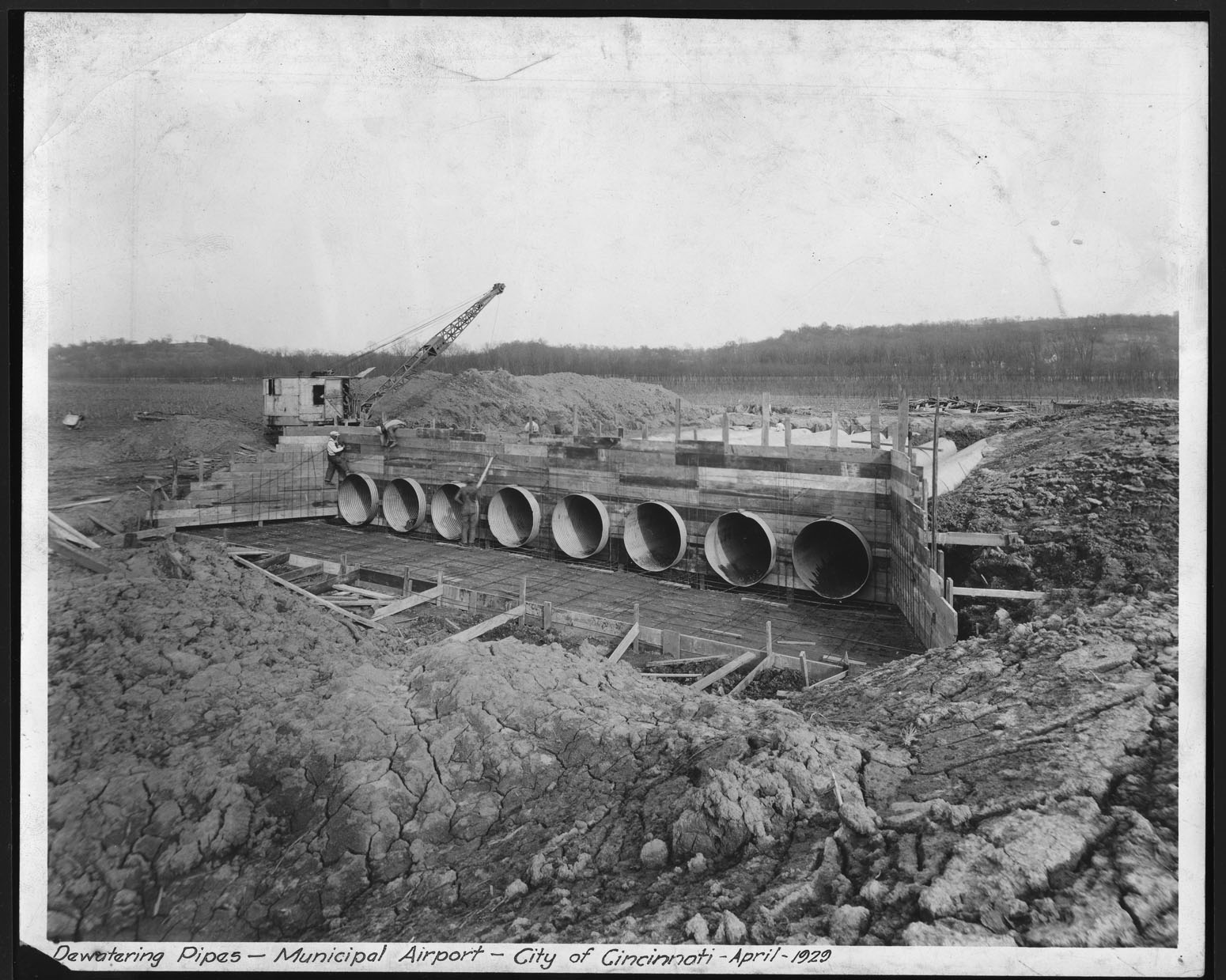 The University of Cincinnati Libraries have created a website and digital archive that provides access to the historic Cincinnati subway and street images, a collection of over 8,000 photographic negatives and prints taken as part of a failed subway development project in the 1920s, and photographs documenting various street projects from the 1930s through the 1950s.
The University of Cincinnati Libraries have created a website and digital archive that provides access to the historic Cincinnati subway and street images, a collection of over 8,000 photographic negatives and prints taken as part of a failed subway development project in the 1920s, and photographs documenting various street projects from the 1930s through the 1950s.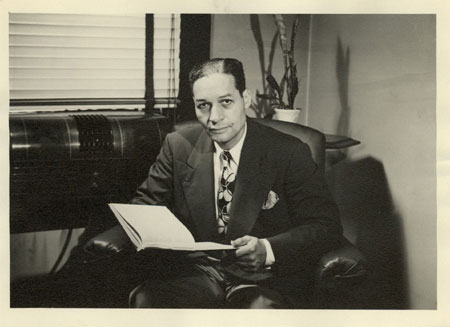
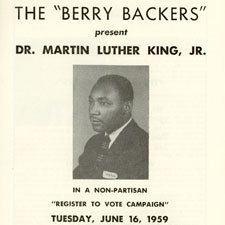
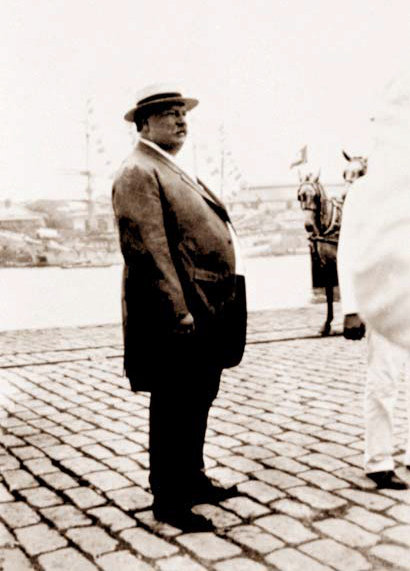 Please join us for a public lecture featuring author Margo Taft Stever and Professor Hong Shen of Zhejiang University, Hangzhou, China.
Please join us for a public lecture featuring author Margo Taft Stever and Professor Hong Shen of Zhejiang University, Hangzhou, China.